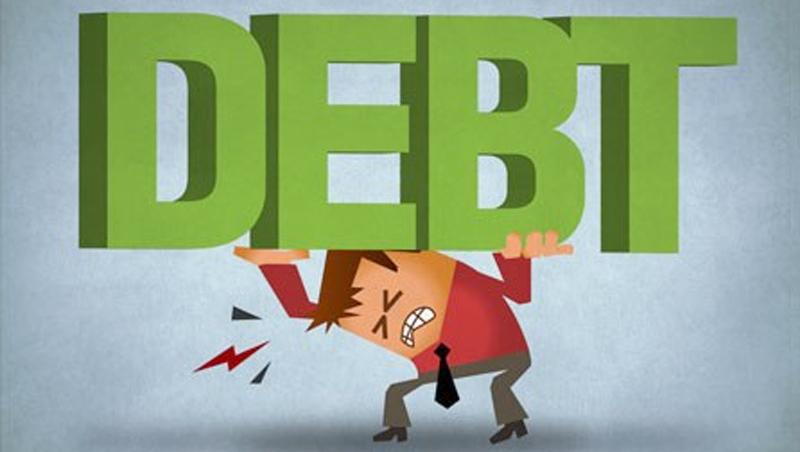
The state of debt distress in the country is a serious issue and the urgent attention of the Central Bank (CB) has been drawn towards the problem, Central Bank Governor Dr. Indrajit Coomaraswamy told journalists at the monetary policy review last week.
The governor was responding to a query posed by a journalist as to what measures the Central Bank plans to take with regard to individuals and organizations that lend outside the formal sector.
He said the problem is particularly grave in the Northern Province while it is an issue affecting the rest of the country as well.
“There had been worrying episodes in the North. I suspect it is now all over the country,” the Governor said.
He said the Central Bank has commenced discussions with government servants and civil society organisations while the bank is in the process of formulating a package in collaboration with the Ministry of Finance to address the indebtedness issue in the country.
Lending on interest has been a custom that has been in practice in the country for several centuries as a means of generating income. Termed ‘Poli mudalalies’ in common parlance lending is done by either businessmen or those well to do.
However, the practice has turned out to be a death trap to those who are unable to pay back the loan with the interest.
The recent death of a young mother in Jaffna who consumed poison along with her three children, as she was unable to service the loan taken by the husband, is a case in point.
“The Micro Finance Act will be amended to give regulatory powers to the Central Bank to monitor and regulate lending by micro lending institutions,” the Governor said.
The Central Bank monitors and regulates borrowings from micro finance institutions.
The governor speaking on the macro economic status of the country, said the economy is expected to do better in thw second half of the year given due to the improved external conditions and the positive momentum in the industry and services sectors and the modest recovery in the agriculture sector.
The global economic activity expected to strengthen further driven by improved trade and manufacturing. World economic growth which is expected to grow at 3.6 percent this year is forecast to increase to 3.7 percent in 2018.
“I would say economic growth this year would be between 4 and 4.5 percent,” the Governor said. The economy grew by four percent in the second quarter this year up from 3.8 percent in the first quarter.
However, key indicators such as the exchange rate and inflation which has surged in the recent months needs to be looked into said an economist.
“Though headline inflation has increased the core inflation which demand driven has been mid single digit level.
The Central Bank cannot influence the supply side which affects the headline inflation,” the Governor said. Continued weather related disruptions weighed negatively on domestic food prices, which was reflected by the rise in headline inflation which increased to 7.8 percent in October up from 7.1 percent a month earlier while the core inflation was 5.8 percent in October down from 6.0 percent in the previous month, the Central Bank stated.
The value of the Rupee had depreciated by 2.5 percent to reach Rs. 155 against the US Dollar this year. Economists and market analysts predict that the currency will further devalue with the rise in global fuel and other commodity prices . The contribution from foreign remittances to the reserve base has come down sharply due to the growing tensions in the Middle East.
A slowing down of the pace of credit to the private sector is a consoling factor, an official of the Central Bank said.
Credit of the private sector dropped to 17.5 percent in September this year from 18.0 percent in August 2016.
The Central Bank decided keep key policy interest rates unchanged at their current levels to maintain inflation at mid single digit level over the medium term.
The Standing Deposit Facility Rate (SDFR) stands at 7.25 percent, Standing Lending Facility Rate (SLFR) at 8.75 percent and the Statutory Reserve Ratio (SRR) at 7.50 percent.
